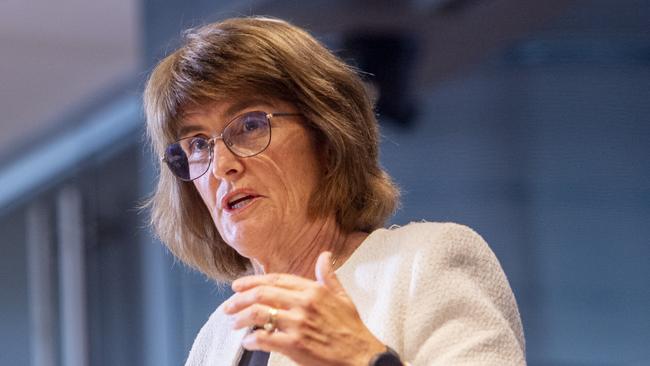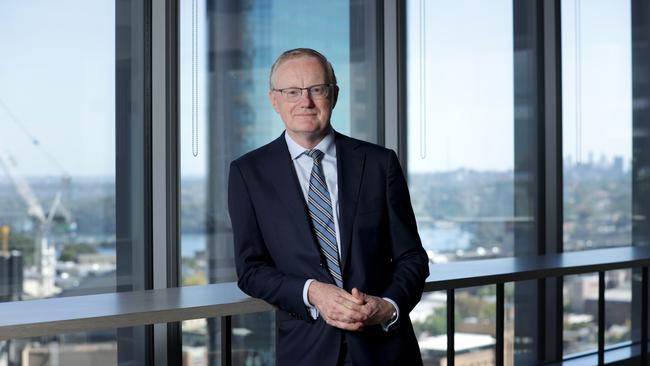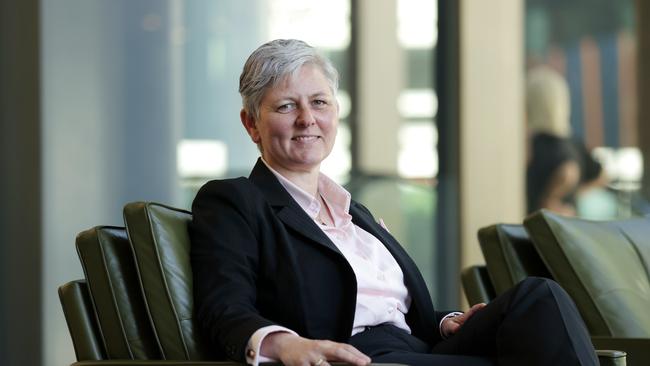
The period that followed the end of the pandemic saw the central bank come under immense criticism as interest rates were raised at speed despite earlier indications that the official cash rate would remain at ultra-low levels for years to come.
The storm that swirled around the RBA was intensified by the collapse of its yield curve-control program, which angered money market participants and badly dented its credibility.
As Australia’s living costs surged at the fastest pace in four decades, calls went out from the media and Canberra to hold then-RBA governor, Philip Lowe, accountable.
Lowe did complete his term at the helm of the central bank, but his tenure was not extended.

That was an ugly time for the RBA, and the memory has dogged it since. In battling ghosts of the past, the central bank has become risk-averse.
Under the current governor, Michele Bullock, there has been an obvious resistance to offering forward guidance. That’s a potent sign that the RBA has lost its mojo.
When measured and well-thought-out, forward policy guidance can help money markets and businesses better anticipate borrowing costs in the future, helping smooth out volatility and lending confidence to investment decisions.
Guidance of this nature is a common tool used by central banks the world over. In Australia, it is now only spoken of in hushed tones in the corridors of the RBA’s headquarters.
But a central bank needs to be confident in its abilities in order to look into the future.
For the moment, the RBA seems overly cautious and nervous. That said, it should get some credit that’s badly overdue.
The central bank has pulled off a stunning triple twisting backflip that needs recognition.
If Bullock were to look into the rearview mirror of the economy this week, she would see the terrifying jump in inflation that has dominated economic policymaking over the past three years.
Prior to that, she would see the pandemic, a crisis of such magnitude it’s likely no central bank in the world anticipated it, or had a useful playbook for dealing with it.
She would also wince at the period when the RBA had to jack up interest rates in 2022 and 2023, and the public outcry that ensued.
But, incredibly, even as angered home buyers rolled siege weapons into place outside the RBA’s Sydney headquarters in late 2022, the central bank published a set of economic forecasts that have proven eerily accurate.
While Lowe was getting death threats in the mail, the RBA in August 2022 forecast that by the end of 2024 Australia’s unemployment rate would be at the historically low rate of 4.0 per cent.
The outlook, shaped by the RBA’s then chief economist, Luci Ellis, also predicted that underlying inflation at the end of 2024 would be at 3.0 per cent on the year, with the economy still growing, albeit slowly.

Data this month showed that trimmed mean inflation ended 2024 at 3.2 per cent on the year.
Ellis also forecast headline inflation at 3.0 per cent, but she had no way of predicting the government would announce subsidies that have pushed the rate down to 2.4 per cent.
So at a moment of immense stresses around the globe and at home, the RBA was forecasting that the economy would manage a soft landing by the end of 2024, while celebrating the achievement of full employment.
Recent data has pretty much confirmed those forecasts, and underscore the fact that the RBA needs to start feeling good about itself again.
Bullock likely held meetings with her economics group this week to review the very pleasing inflation numbers that emerged on Wednesday.
Many in that team of well-credentialed economists would have been nervously ruminating about the minutiae of the data, anxious about trivial changes in arcane subsets of the numbers.
It’s likely Bullock would have called for calm at the meeting, asking the jittery number crunchers assembled to relax.
The inflation data have signalled the worst is over. With the RBA now primed to cut interest rates this month, it can – and should – be confident when the lever is pulled.




For a number of years, the Reserve Bank of Australia has been operating under a cloud of self-doubt that it should work to throw off.